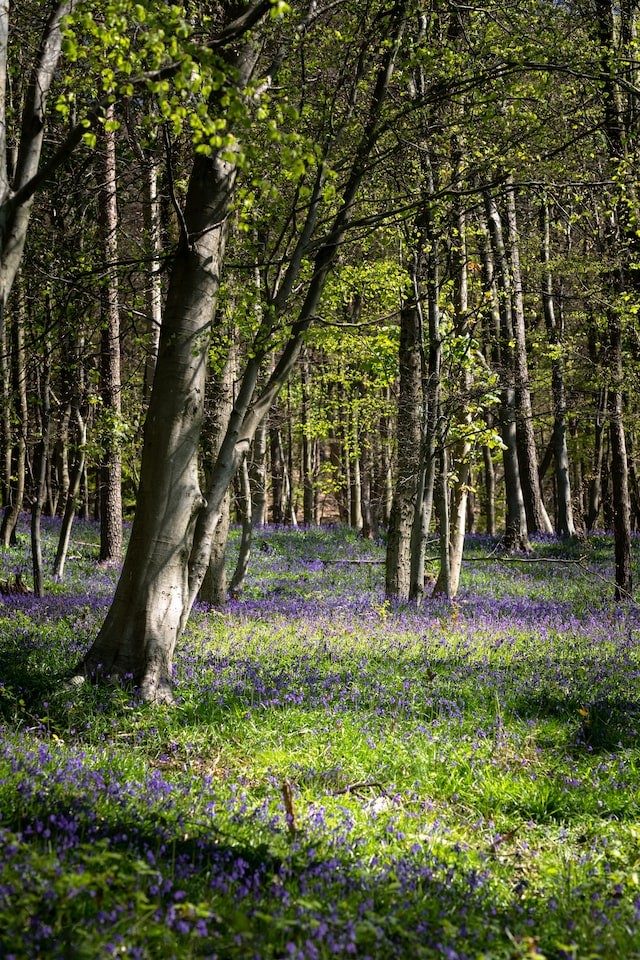The chairman of the Woodland Trust has cautioned that the government's investment zones may endanger the UK's ancient woodlands.
Ancient woodland in UK threatened by investment zones
A woodland considered to be old has been around consistently since 1600. They hold a significant quantity of carbon and serve as crucial animal habitats in addition to being a priceless piece of the nation's history, as per TheGuardian.
To encourage businesses to create infrastructure and establish operations, the government has suggested investment zones wherein planning as well as environmental regulations will be loosened, and tax advantages will be implemented.
Since numerous rules are in place to save delicate ecosystems from development, wildlife organizations have warned that their existence may be in danger if laws are relaxed.
The 38 authorities whose council areas were known to have initially indicated an interest in investment zones, according to an analysis by the Woodland Trust, contained and over 125,000 hectares of ancient woodland.
Additionally, there are worries that a push for development could endanger unprotected ancient woodlands and trees that are already in danger.
Enterprise zones that could serve as a model for investment zones do not explicitly safeguard old-growth trees and ancient woods.
Conservative MPs are probably going to disagree with some of these proposals. A violation of the Environment Act, according to former environment minister Rebecca Pow, would result from failing to conserve ancient woodlands.
Mycorrhizal connection, a symbiotic link between underground fungi and plants that provides them with many of the nutrients that need to thrive, is particularly prevalent in old trees. In dry environments, this relationship with fungi also lessens drought.
Despite having a disproportionately important part in conservation planning, old trees are disappearing at an alarming rate worldwide.
Read More: Jays Might Be Responsible for Planting Half the Tree Population in England's Woodlands
Protecting woodland with TPO
Hedgerow trees, although not hedgerows themselves, may be the subject of a TPO or Tree Preservation Order. Although less frequently, it can also be used to describe woodland TPOs are most frequently applied to trees with high amenity or nature conservation value in urban and semi-urban areas, as per WoodlandTrust.
Anyone seeking to perform management work on or remove a tree that is covered by a TPO, is in a conservation area, or both, must obtain permission from the local planning authority.
If the council is not consulted and permission is not granted, they have the right to file charges, which might result in a fine of £2,500 to £20,000.
Ecological advantages of woodland

Woodlands are dynamic ecosystems that alter as the size of the trees changes, so they cannot be treated as static objects that can be ignored. Blocks of trees with comparable ages make up most of the woodland in the UK. These trees tend to block less light from reaching the forest floor as they get bigger, as per ForestResearch.
Due to the irregular age structure of natural woods, this circumstance would hardly ever occur there, and even then, it would only occur as one of many diverse habitats in a region supporting a healthy ecosystem.
Because of the nature of UK woodlands, we frequently need to maintain woodlands to mimic and reproduce the mosaic of habitats found in natural woodlands if we want to maintain the wide variety of habitats required by our native wildlife.
The Forestry Commission's Woodfuel Strategy is entirely supported by a position statement that was developed by Wildlife and Countryside Link, an organization that brings together non-profit wildlife organizations like Plant Life, Butterfly Conservation, Friends of the Earth, and Wildlife Trusts.
Related Article: Temperate Rainforest Can Help in the Fight Against Climate Change
© 2024 NatureWorldNews.com All rights reserved. Do not reproduce without permission.





